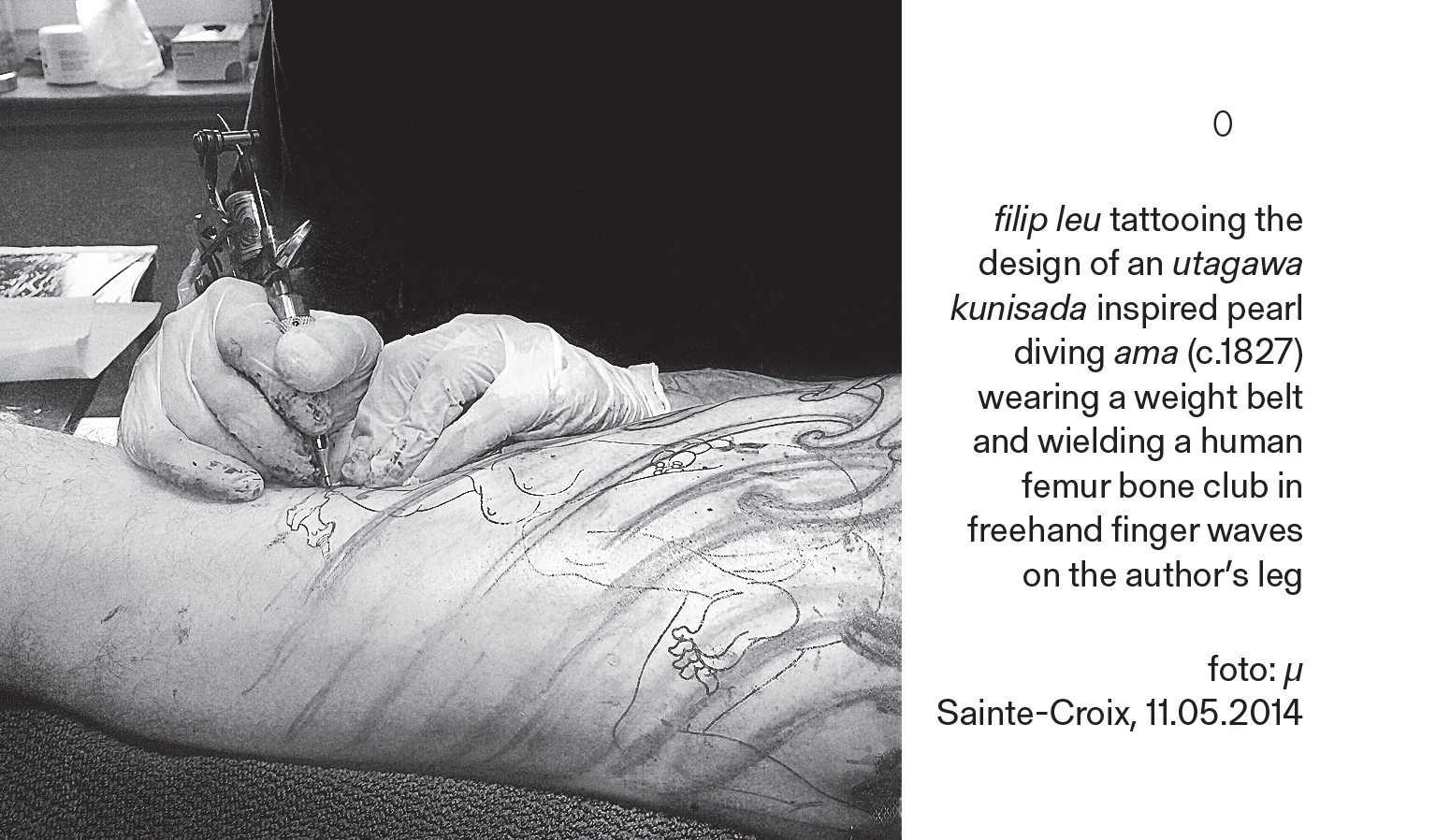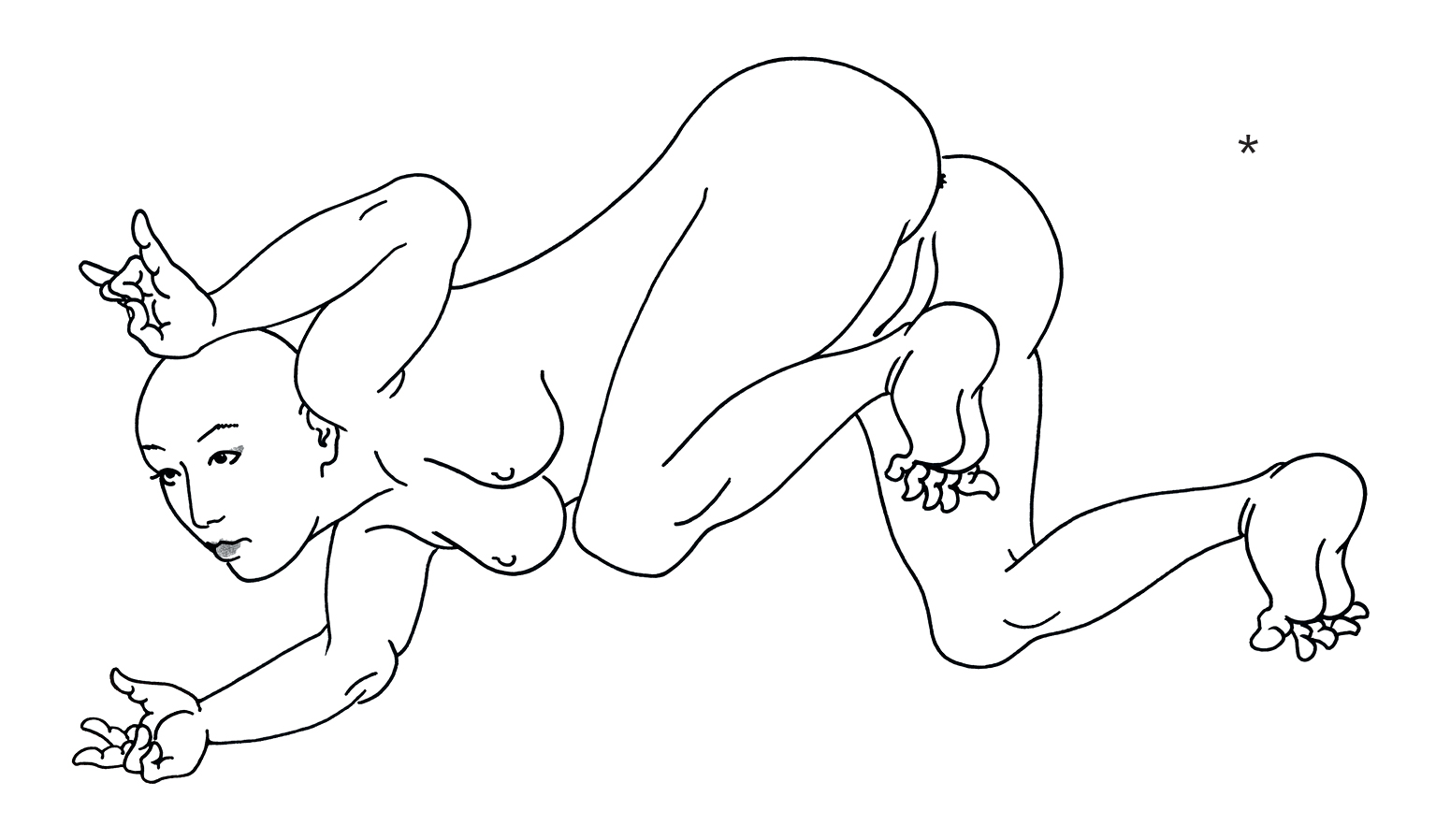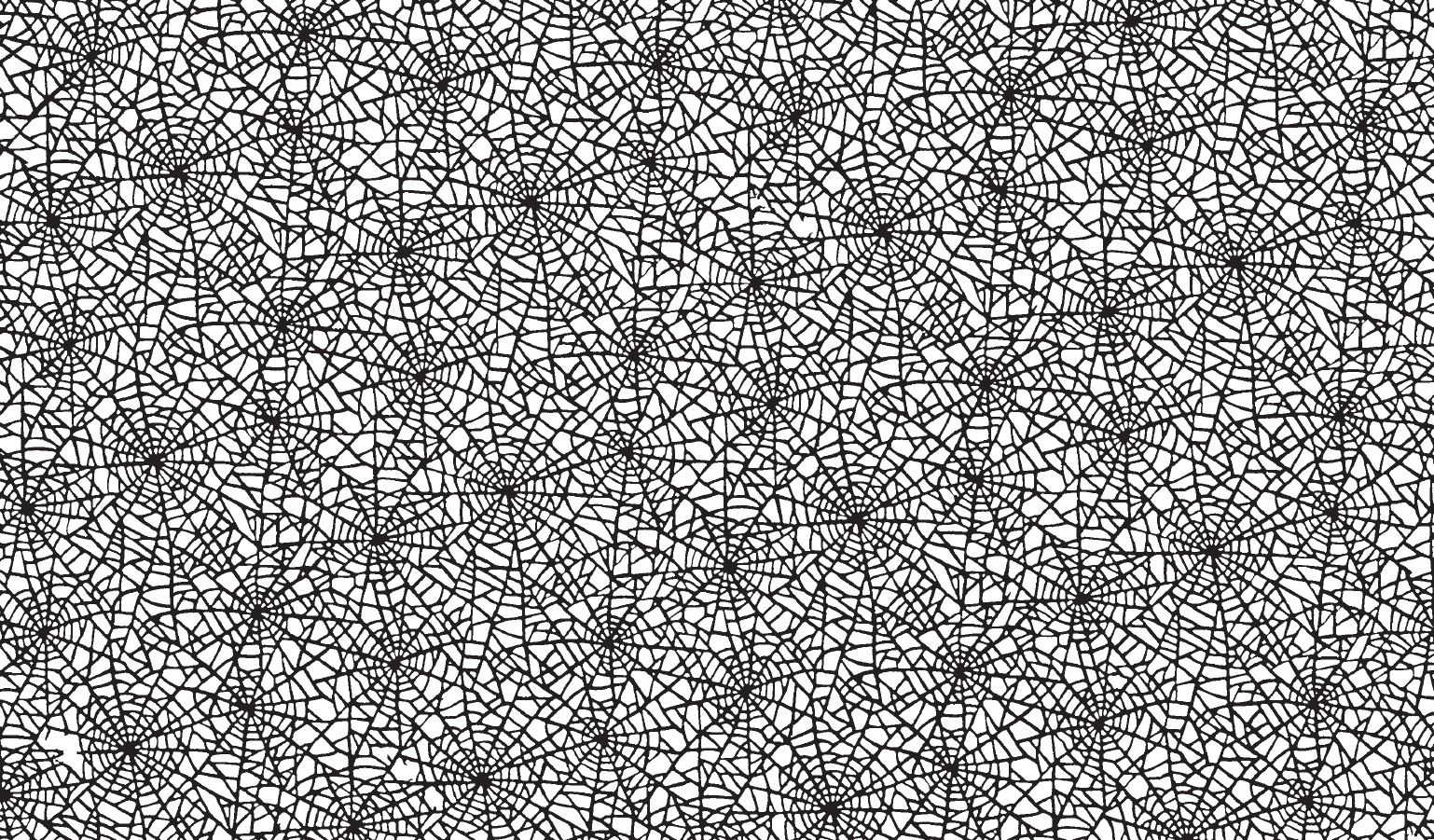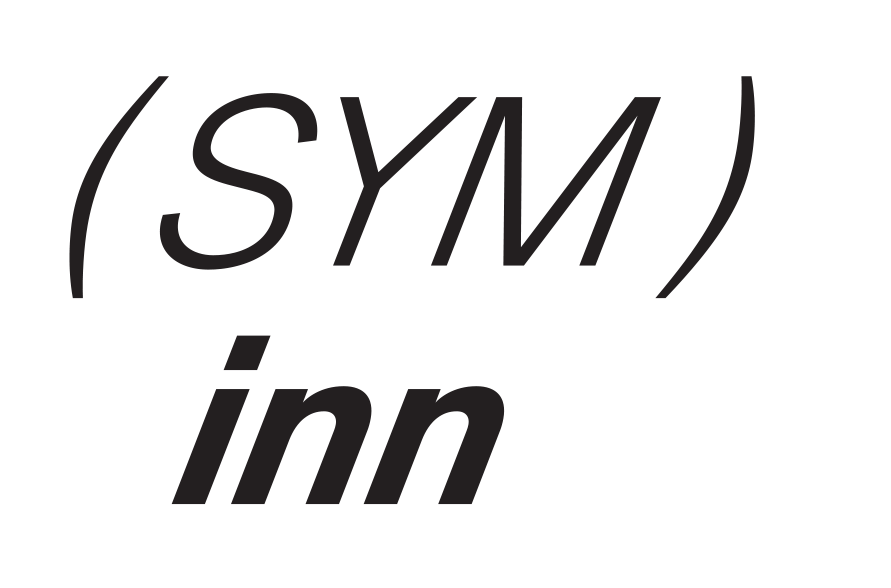The project ( SYM ) inn was born from a point of rupture, or rather, from a point of refraction in Carl June‘s career. The invitation to hold a solo exhibition in 2013 in a leading institution of Geneva’s cultural landscape was, after all, the logical continuation of a promising career as a “visual artist” initiated in the early 2000s and punctuated by a succession of group and solo exhibitions.
However, as this moment of consecration approached, the relevance of such an endeavour and of the system in which it was embedded dissolved in his mind. His practice had so far been based on sculpture and assemblage, but now adding more objects into the world suddenly seemed unhealthy. The creative process, so deeply intimate, was now resisting the edifying ritual of “hanging/opening/taking down”, and made Carl June question how he really wanted to spend his time.
A few months later, in the spring of 2014, the idea for the present work in progress which is now reaching its conclusion was born whilst getting tattooed by Filip Leu. This second-generation tattooer and grandson of the artist Eva Aeppli, inked into Carl June’s thigh the silhouette of an Ama, the free-diving fisherwomen made popular in the 19th century, notably by Japanese prints — the drawing itself pulled from a period magazine. Over the summer, during a road-trip around the United States in the wake of a Nine Inch Nails tour, a list of 50 tattoo artists tapped to contribute to the budding project took shape.

As he was accompanying Filip and the Leu family as an assistant to conventions around the world, Carl June was able to approach those he wanted to invite to his project. The proposal consisted in a “Dogma-like” creative constraint : the artists were asked to fill in the template of the above mentioned Ama silhouette in a way specific to their style and aesthetic, which would be part of a collective set of playing cards. As some kind of “talk shop” interaction, these exchanges tackled technical, financial and legal aspects in a straightforward manner: “we talked about drawing, format, duration, publication projects, fees and copyright”. Some were convinced by the enthusiasm of their interlocutor, others were more sceptical or even declined the invitation. The immaterial/processual nature of the interactions became as important as the result. Hence, each drawing activates a discussion with the past that goes beyond the history of its own genesis. The choice of the Ama design thus elicited certain comments, whether in relation to its nudity or, more singularly, to the absence of pilosity. As the number of artists involved increased, the deadlines for returning contributions expanded, and the formats of the cards fluctuated according to comments made by the participants and the handling of paper samples. Later guests had now often heard of the project in advance, and therefore contemplated their contribution knowing what others had already submitted.
The card acts as a relational vector between the project and the world, forming some kind of a feedback circuit, sometimes open — visits to conventions and tattoo studios — and sometimes closed, when Carl June is inviting guests to his studio in Geneva. A semi-private/semi-public space, the studio offers similarities with the tattoo parlour. Both are territories mythologized by the filtered and fragmented communication that circulates about them. The blurred borders between art, craft and business make them urban grey areas, places of professional exchange where, for a change, the “client” is not always right. The fragile balance between subjectivities and cultural backgrounds confers a specific intensity to the notion of “welcome”. In fact, it is not so much a project about the craft of tattooing, as tattooing amongst other forms of expression.
The systemic approach of ( SYM ) inn considers every single element contained in the studio as an integral part of the creative device. The exhibition – as an open process, rather than an end in itself – atomises the sacred space of the studio and the sacralising space of the institution. The bright light of the white cube diffracts itself in vectors that cut through disciplines, like so many fragmented, moving, random and ambiguous highlights. The space is a build up of experiences of ‘other’ places : workplace, living space, CV, mapping, ‘Zine, manifesto, Dime Museum, conceptual cabinet of curiosities…
The project flows through the artist’s skin and through the traces of interactions – physical or mental – with his interlocutors; it is suspended in the solvent-laden air of some venue visited on the other side of the world, as well as in the burning air of the sauna in the Chêne-Bourg studio. It is transfigured by the re-arrangement of documents, ephemera, archives, and everyday objects, singling out and even sublimating this banal multiplicity in this territory of partial retreat. It is rewritten in the form of exhaustively subjective inventories regularly reorganised according to different criteria – chronological, typological, alphabetical, spatial – where the smallest element – furniture, light fixture, work of art, fridge, book, postcard – is identified by a description worthy of an auction catalogue and a symbol stipulating its mode of integration (gift, purchase/exchange, grab/appropriation).
As an unconscious/overdetermined glitch, the year 1963 gives shape to a body of work in its own right, mixing fiction, obsessions, meta and infra-references that may or may not be perceptible to the visitor, depending on their degree of affinity with Carl June’s universe. We learn, among other things, that this is the year of the death of his maternal great-grandfather, but also of the murderer Edmond Faucher. Both the framed portrait of the former and Robert Doisneau‘s 1949 photograph of the latter, with his body and face covered in tattoos, circulate in the ( SYM ) inn system. Like a crossroad in the artist’s brain-map, this oblique resonates with the mention of Dan Flavin’s 1963 piece Yellow Diagonal, which marks the introduction of movement against stasis as a turning point in the artist’s creative process. ( SYM ) inn, in the tradition of repetitive music, proceeds by variation of synesthetic patterns based on samples of media : a kind of analog database materialising the Junian mental work in progress.
Eight year later, this box set of two series of 78 contributions brings this project to an open and enigmatic end. The present edition operates as a form of indexical instructions of Carl June’s relationship to his creative process. In this respect, the card, as a protocol element structuring the project, all at once calls for its destructuring, in the form of a game. A game of cards, but also a game of words – “A la carte”, “cards on the table”, “shuffling the cards”, “cards up ones sleeve”… linguistic and semiotic wanderings, dear to the artist, can now be explored by those who come into contact with this portable nebula.
Maud Pollien


Open 11 NOV — 10 DEC 2022
We—Su: 12—8
ch. de la Gravière 11 — Chêne-Bourg / Geneva
